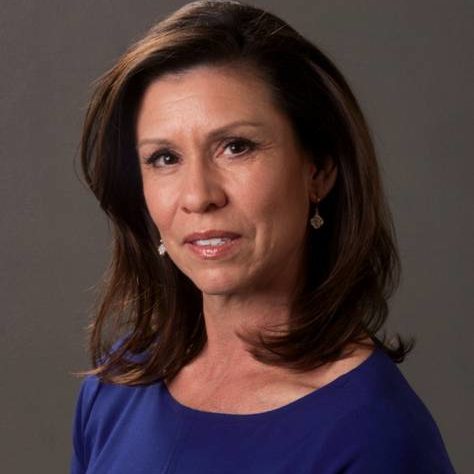By Mary Sanchez “If LaToyia Figueroa was a pretty white woman, would you know her name? Would you know her beautiful mixed-race face, her cafe au lait skin, the cheery smile of her photo, or know the spelling of her Spanish surname?
Would you — the general public — have wondered how she could vanish after a doctor’s appointment last month?”
The “last month” in that column of mine was July of 2005. And I knew the reply when I penned those words. No, the public most certainly did not know about Figueroa, 24, whose body and that of her unborn child were found a few weeks after the column was written.
The young Philadelphia mother was murdered, strangled. The following year, the father of that unborn child was convicted of two counts of murder in the first degree and sentenced to life in prison.
Figueroa was Black and Latino.
The point of that column, like several others written by me and many other writers through the years, was to chastise the media, to press for solutions. Media has a long history of offering heightened attention to white women who go missing, while failing to give equally sympathetic attention to women of color who also disappear.
And now, we have the public obsession with Gabby Petito, whose body has now been found in Bridger-Teton National Forest in Wyoming, her death at 22 was deemed a homicide.
I could write virtually the same column about LaToyia Figueroa today. And that’s the part that is so galling. For all the lip service given to diversity efforts, in and outside of media, for all the focus on the nation’s increasingly multiculturalism, not much has changed.
Some of the same people who are now vowing to focus more on diverse staffing, are the newsroom leadership that oversaw the decimation of staffs that were diverse, that was pushing for relevant coverage, who tried to make it standard to respectfully cover a wide range of communities.
When the journalism industry was sideswiped by a range of financial troubles, attention to maintaining that diversity wasn’t always foremost.
As that original piece pointed out, people often feel sympathy for those that are like them, those they can relate to easily, which often involves race. A young, pretty white woman certainly tugs the heartstrings of many by demographics alone. That piece also noted that class level, the connectedness to power and influence, can play a role in garnering news coverage.
Responsible newsroom leadership should understand how those human factors play out institutionally. They’d admit the games of tokenism, of whose voice is more apt to be dismissed, of fear-based management styles that undercut fairer and more ethical news coverage and commit to the harder work of developing talent.
When I wrote the column cited above, the nation was ablaze with concern for the whereabouts of Natalee Holloway, an 18-year-old white teenager who had disappeared while on a graduation trip to Aruba. Her body has never been found.
The nation doesn’t stop and respond every time a white woman goes missing. To claim otherwise is to dismiss reality. More than 600,000 people were reported missing in 2019, according to FBI statistics. Most people could count on one hand the cases that capture their attention.
People magazine’s Sept 20 issue commendably featured eight women, all mothers, who have disappeared in recent years. Not one of the stories, which were diverse, was familiar to me.
It also should be noted that Petito had cultivated, preset if you will, the legions that would go desperately searching for any information about her disappearance via her own social media postings. She had built a following prior to and throughout the cross-country journey in the little white van that she and her fiance were taking.
In some respects, the heightened attention to her case, now considered a homicide, minimized her death when it elevated the public’s attention. It was a game for some. People who didn’t know her or her family, were akin to participants in a voyeuristic true crime game.
The point shouldn’t be to pit one race of women against another. All people deserve concern for their welfare.
It’s just that the chances for that concern lessen if the woman is Black, Latino, Asian, Indigenous. If she’s transgender or has addictions or a mental health condition. Empathy degrades even further if she’s poor.
It lessens yet again if she’s from a small rural community without significant connections to media. Or if her home is a large city and her family’s despair over her whereabouts gets all but swallowed by the unrelenting grief that exists in urban communities beset with crime.
There are lots of ways that women disappear from or never fall under media’s scope. The goal must be to build competent systems led by emotionally mature leadership willing to admit it; and then to take substantial measures to correct the problem.
Readers can reach Mary Sanchez at msanchezcolumn@gmail.com and follow her on Twitter @msanchezcolumn.




